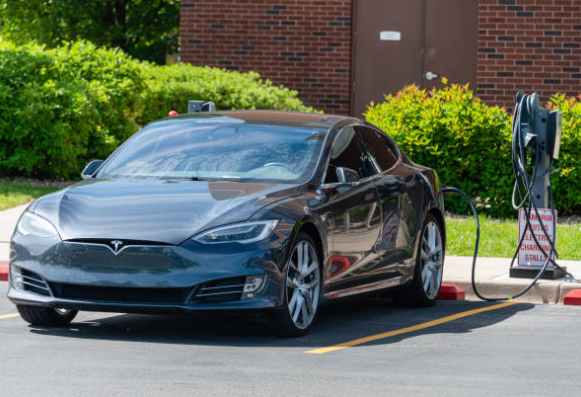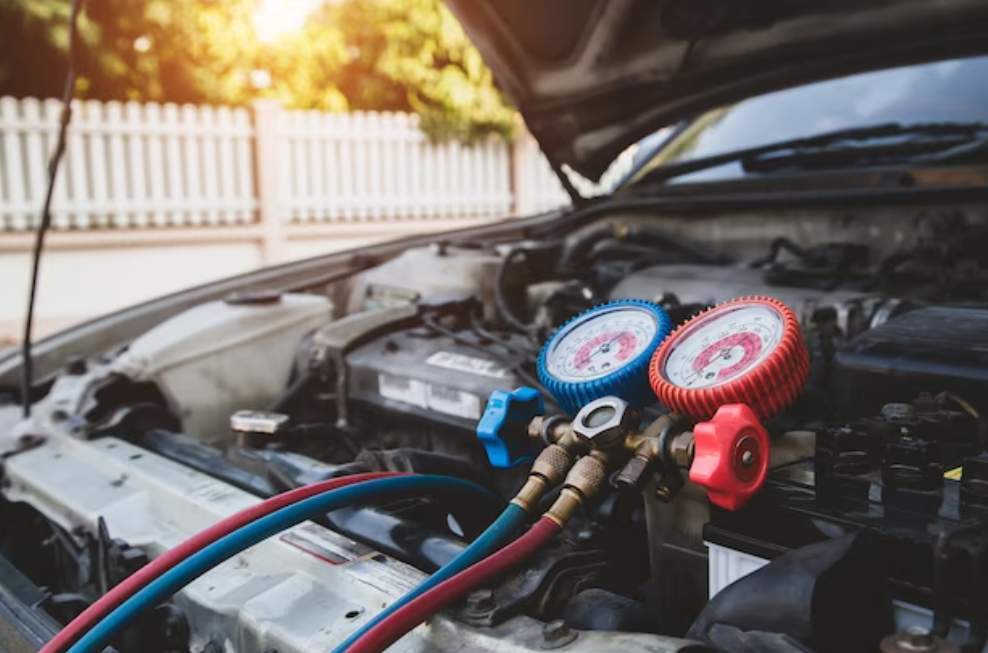What Is One Pedal Driving?
In the realm of electric vehicles (EVs), one-pedal driving stands out as a transformative innovation, redefining the traditional driver-car interaction. This groundbreaking feature enables drivers to seamlessly control acceleration and deceleration with a single pedal, fundamentally altering the driving experience. As the automotive industry embraces sustainable mobility solutions, understanding the principles and advantages of one-pedal driving becomes essential for both enthusiasts and everyday commuters alike.
Let's delve into the intricacies of this technology and explore its implications for the future of driving.
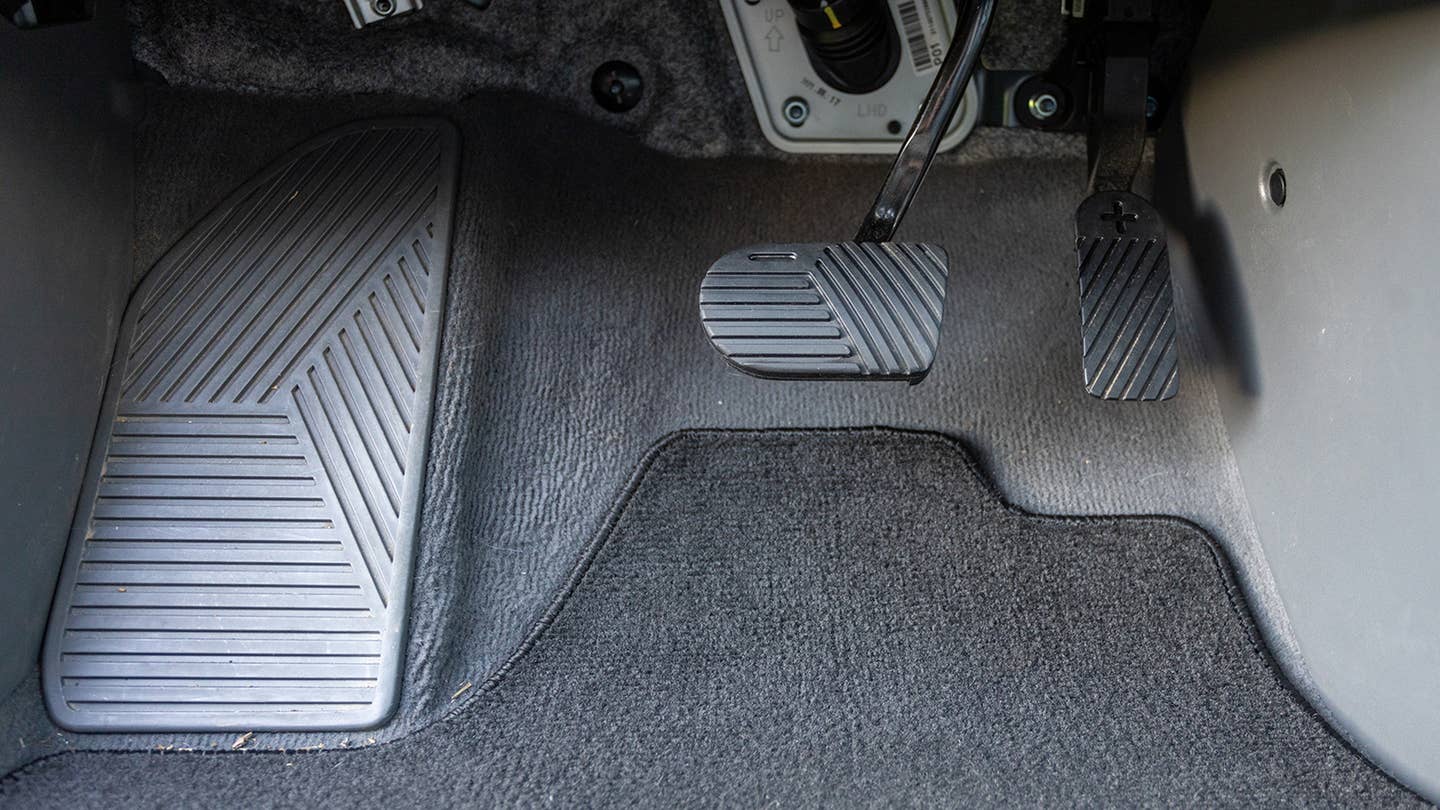
What Is One Pedal Driving?
One-pedal driving is a feature available in some electric vehicles (EVs) that allows the driver to control the car's speed using only the accelerator pedal. When the accelerator pedal is pressed, the car accelerates as usual. However, when the pedal is released, the car decelerates more rapidly than it would in a traditional vehicle because the electric motor switches to regenerative braking mode. This means the motor starts acting as a generator, converting the kinetic energy of the car into electrical energy to recharge the battery while simultaneously slowing the vehicle down.
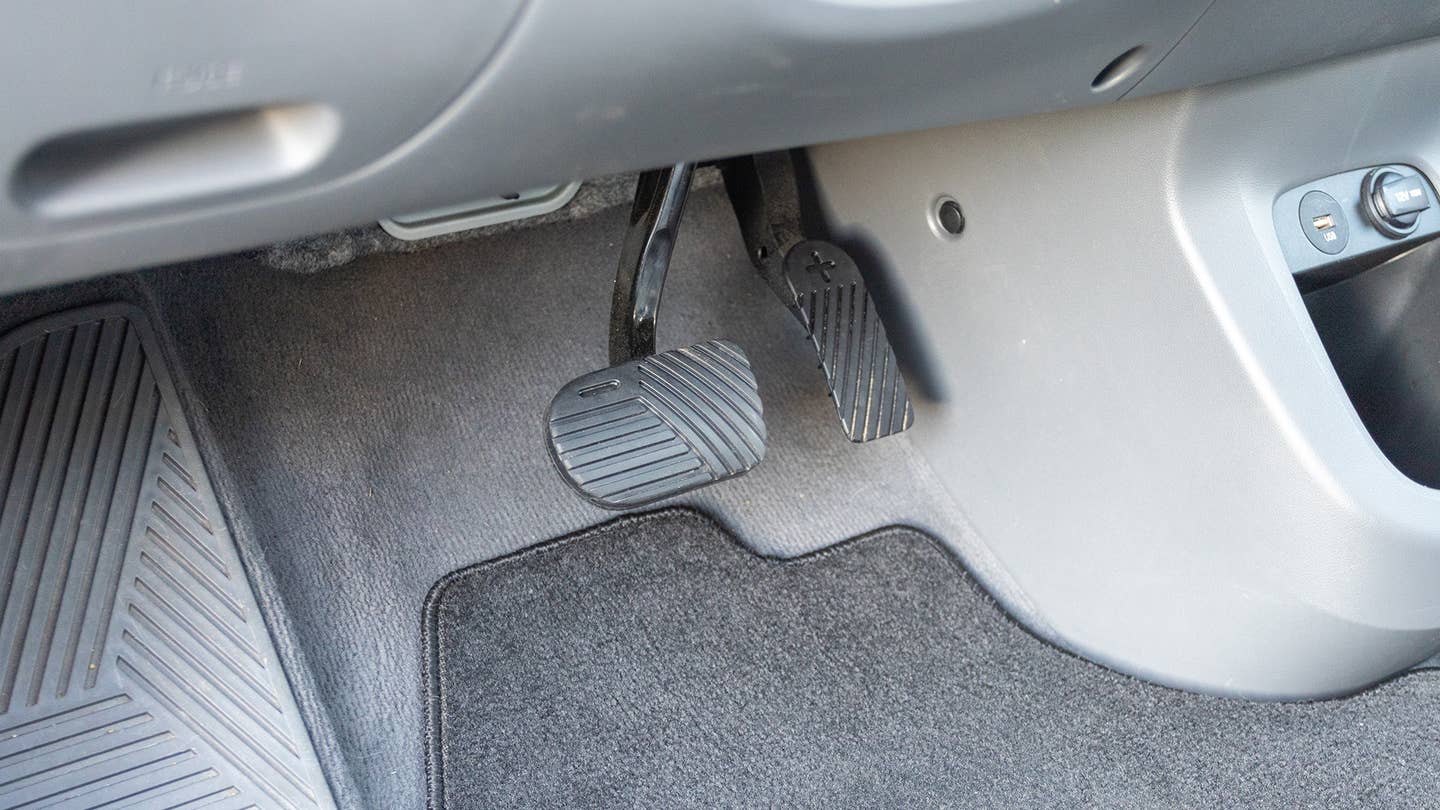
One-pedal driving works primarily through the integration of the vehicle’s electric motor and regenerative braking system. Here’s a step-by-step breakdown of how it functions:
Acceleration:
- When the driver presses the accelerator pedal, the electric motor draws power from the battery to propel the vehicle forward. This operation is similar to that in a conventional car.
Deceleration:
- When the driver lifts off the accelerator pedal, the vehicle's control system activates regenerative braking.
- Instead of simply coasting or requiring the brake pedal to be pressed, the electric motor reverses its role and starts to act as a generator.
- The motor converts the kinetic energy of the moving vehicle back into electrical energy, which is then fed back into the battery. This process slows the vehicle down.
Energy Recovery:
- The regenerative braking system captures energy that would otherwise be lost as heat in traditional friction brakes.
- This energy recovery helps to extend the vehicle’s range by recharging the battery on the go.
Brake Lights:
- The car’s brake lights may automatically activate when significant deceleration occurs, even if the brake pedal is not pressed. This is a safety feature to alert other drivers that the vehicle is slowing down.
Variable Deceleration:
- The degree of deceleration can often be adjusted by the driver through settings in the vehicle’s control system. Some vehicles allow the driver to select different levels of regenerative braking, ranging from mild deceleration to a more aggressive, almost complete stop.
Complete Stop:
- In some advanced systems, fully lifting off the accelerator pedal can bring the car to a complete stop, eliminating the need to use the brake pedal entirely in many driving scenarios.
- One-pedal driving leverages these mechanisms to simplify driving, enhance energy efficiency, and improve the overall driving experience, especially in urban environments with frequent stop-and-go traffic.
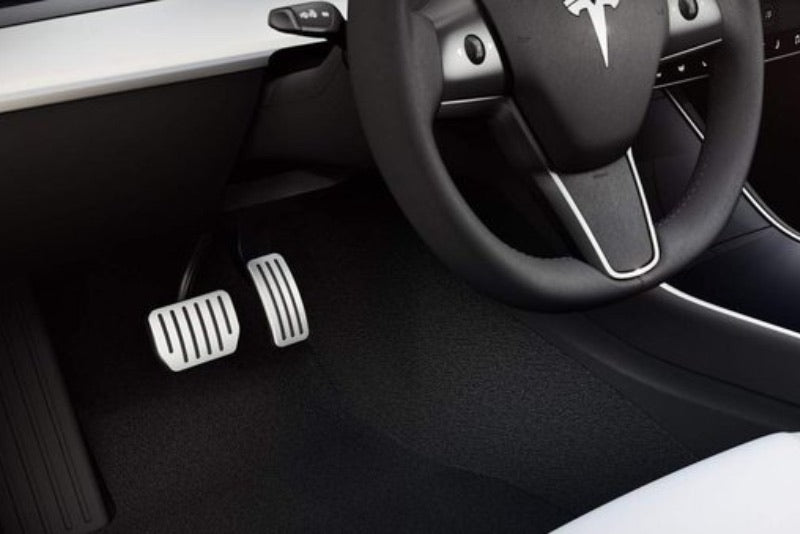
Drivers might prefer one-pedal driving in electric vehicles for several reasons:
- Convenience: Simplifies driving by reducing the need to switch between pedals, making it less tiring, especially in stop-and-go traffic.
- Enhanced Control: Provides smoother and more predictable deceleration, giving drivers greater control.
- Energy Efficiency: Maximizes regenerative braking to extend the vehicle's range by capturing and reusing energy.
- Reduced Brake Wear: Less reliance on traditional brakes decreases wear and tear, lowering maintenance costs.
- Smoother Ride: Offers consistent deceleration, enhancing passenger comfort.
- Eco-Friendliness: Improves energy efficiency and reduces mechanical wear, supporting a sustainable driving experience.
- Adaptability: Allows drivers to adjust the level of regenerative braking to suit their preferences and conditions.
- Traffic Management: Eases driving in heavy traffic by maintaining a smooth flow with minimal effort.
Using one-pedal driving in an electric vehicle is straightforward. Here’s a step-by-step guide:
Activate One-Pedal Driving:
Check your vehicle's manual to see if one-pedal driving needs to be activated via a menu or a specific button. Some EVs have different modes (e.g., Normal, Sport, and Eco) that include one-pedal driving.
Accelerate as usual.
Press the accelerator pedal to accelerate the vehicle, just like you would in a traditional car.
Decelerate by releasing the accelerator.
- To slow down, gradually lift your foot off the accelerator pedal. The regenerative braking system will engage, slowing the vehicle down.
- The rate of deceleration depends on how quickly you release the pedal. For smoother deceleration, ease off the pedal gradually.
Adjust Regenerative Braking Levels (if applicable):
Some vehicles allow you to adjust the strength of the regenerative braking through settings on the dashboard or steering wheel controls. Experiment with different levels to find what you’re comfortable with.
Stop the vehicle.
In many cases, fully releasing the accelerator pedal can bring the vehicle to a complete stop without using the brake pedal. However, always be ready to use the brake pedal if a quicker stop is necessary or if the vehicle does not come to a full stop.

Use the brake pedal when needed.
While one-pedal driving handles most deceleration, the brake pedal is still there for sudden stops, precise control at very low speeds, or for situations where maximum braking force is needed.
Observe the brake lights:
Be aware that the car's brake lights will likely activate when significant deceleration occurs, even if you’re not pressing the brake pedal. This warns other drivers that you’re slowing down.
Practice:
Spend some time getting used to one-pedal driving in a safe area. Practice accelerating, decelerating, and stopping smoothly to become comfortable with the system.
Do I still need to use the brake pedal?
Yes, for sudden stops, precise low-speed control, or maximum braking force.
How do I activate one-pedal driving?
Activation varies by vehicle. Check your vehicle’s manual for specific instructions, as they may involve a button or menu option.
Can I adjust regenerative braking levels?
Many EVs allow adjustment of regenerative braking strength through dashboard or steering wheel controls.
Do brake lights come on when decelerating with one-pedal driving?
Yes, the brake lights typically activate during significant deceleration to alert other drivers
One-pedal driving represents a significant advancement in automotive technology, offering numerous benefits such as improved convenience, enhanced control, and increased energy efficiency. By leveraging regenerative braking, this feature not only simplifies the driving experience but also contributes to a more sustainable and cost-effective use of electric vehicles. As EV adoption continues to grow, one-pedal driving is poised to become a standard feature that enhances the appeal and practicality of electric transportation.
Click on the following link to read another blog post: How To Keep Your EV Charging Costs Down?





